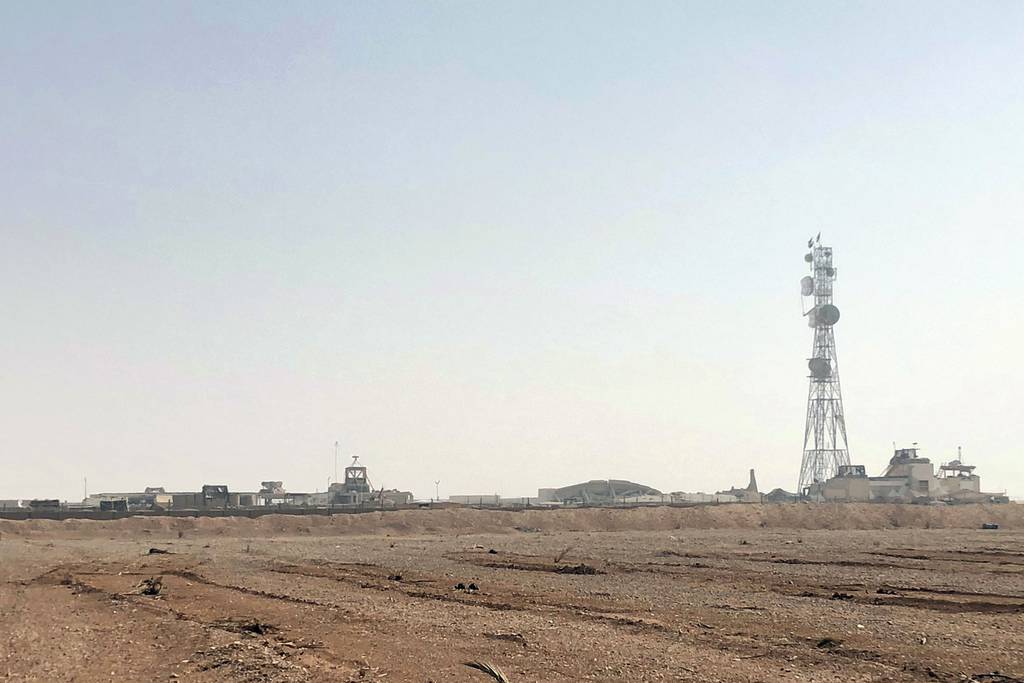U.S. troops deployed to Iraq and Syria have come under attack from Iran-backed militias 130 times since Oct. 17 as of Thursday, according to the Pentagon, totaling 53 attacks in Iraq and 77 in Syria.
The drone, rocket, mortar and missile attacks have injured 69 U.S. troops, but a Pentagon spokesman said Thursday that no troops have been injured since Dec. 25.
“When it comes to U.S. forces in the region, again, we’re there for one reason and one reason only, which is the enduring defeat of ISIS,” Air Force Maj. Gen. Pat Ryder told reporters during a briefing. “And so we will continue to call on these Iranian proxies to cease these attacks, but we won’t hesitate, as we’ve demonstrated in the past, to take appropriate action to protect our forces should we need to do that.”
The U.S. last struck a militia headquarters in central Baghdad on Jan. 4, killing Abu Taqwa, the leader of a militia known to have participated in strikes on U.S. troops.
It was the Pentagon’s second pre-planned strike inside Iraq since the barrage of attacks began in the fall, following a Dec. 26 retaliatory strike inside Iraq and three strikes on militia facilities in Syria in late 2023.
In the southern Red Sea region, attacks on international shipping lanes reached 27 on Thursday, Ryder said.
Ryder said he did not know how many international ships are now patrolling the southern end of the Red Sea as part of Operation Prosperity Guardian, an international effort stood up late last year to protect commercial shipping vessels from the Houthis continued attacks.
“Since the start of the operation, there’s been no Houthi [drones] or missiles actually fired into international shipping lanes that have actually hit any merchant vessels,” Vice Adm. Brad Cooper, head of Naval Forces Central Command, told reporters Jan. 4.
That held true through Thursday, even after the Houthis on Thursday launched their largest attack on the Red Sea yet, deploying multiple drones and missiles.
Meghann Myers is the Pentagon bureau chief at Military Times. She covers operations, policy, personnel, leadership and other issues affecting service members.








